
We currently cannot offer you an audio version of this summary.
Recommendation
This ambitious, 500-plus page philosophical work frequently reaches rare heights of brilliance, even though it’s incredibly challenging to read. Since its 1999 release, author Jordan Peterson, who also wrote the bestseller 12 Rules for Life, has gone on to garner both controversy and acclaim. Here, he interprets myth, religion, history and philosophy as only he can. Ultimately, Peterson’s conclusions about the purpose of life and the responsibility of each adult to pursue that purpose, prove uplifting – even optimistic.
Summary
About the Author
University of Toronto professor and clinical psychologist Jordan B. Peterson, PhD, is also the author of 12 Rules for Life.
By the same author
Book
Book
Learners who read this summary also read
Book
Book
Book









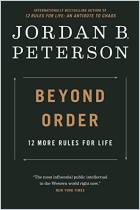

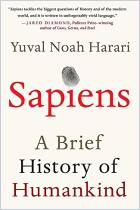
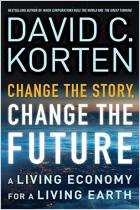

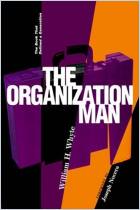

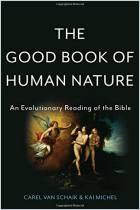


Comment on this summary or Diskussion beginnen